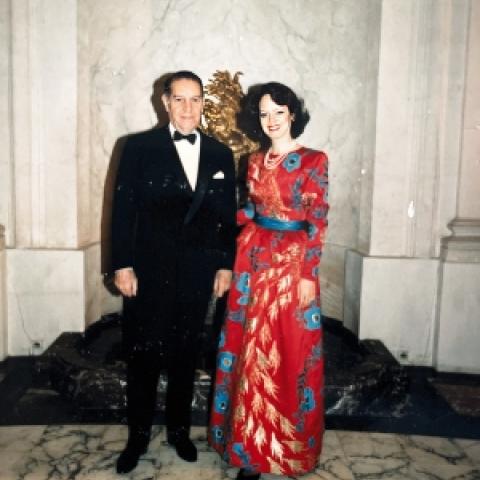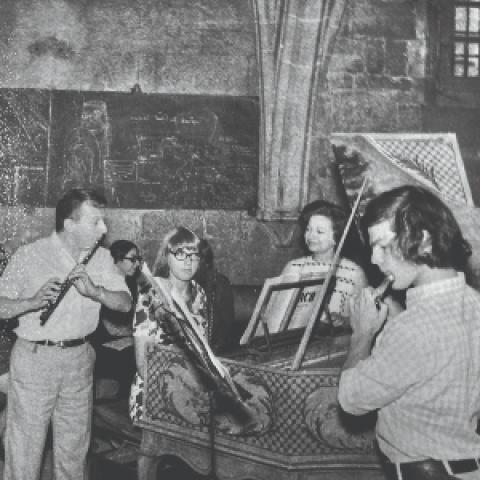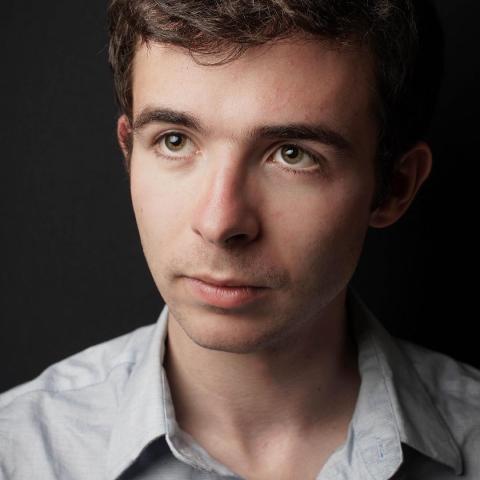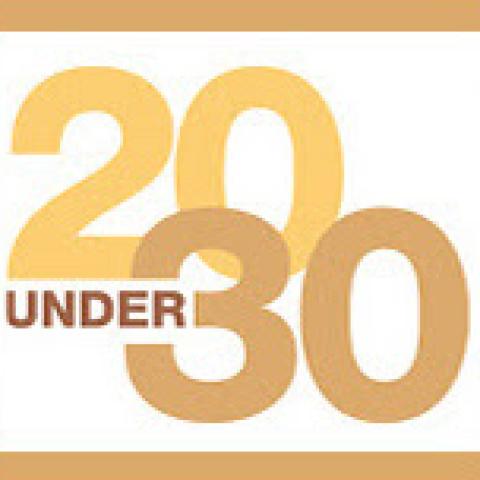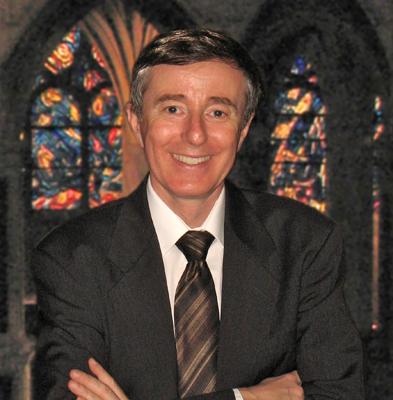
French organist Christophe Mantoux spent this past fall in Dallas, Texas, as the sabbatical replacement for Stefan Engels at Southern Methodist University. While in the United States, he also had two short residencies at Cornell University, Ithaca, New York, giving masterclasses and performing concerts.
A third residency at Cornell is scheduled for March. Professor of organ at the Conservatoire Régional de Paris and the Pôle supérieur de Paris/Boulogne-Billancourt and titular organist at the Church of St. Séverin in Paris, Mantoux is now making plans for his next tour of the United States, to take place in fall 2019.
For information, contact Penny Lorenz at 425/745-1316, penny@
organists.net, or http://organists.net/.

